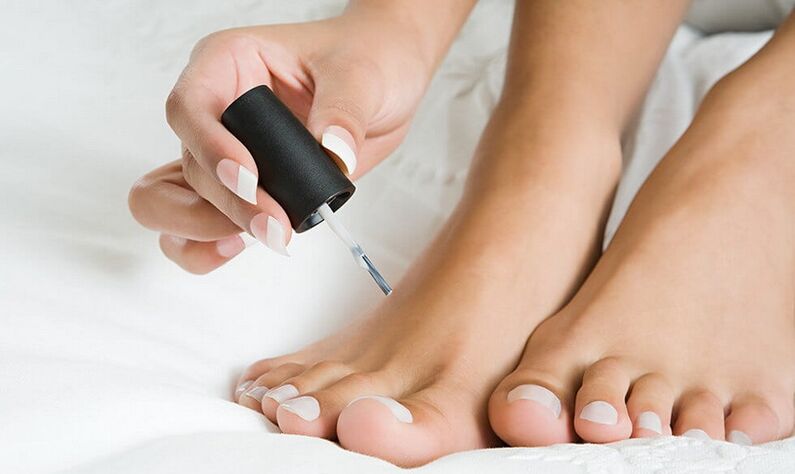Beautiful nails are one of the big pluses in creating the image of a successful, healthy and happy person. But how often does it leave much to be desired not only in their appearance, but also in the health of their nails. They turn yellow, thicken, peel.
In very advanced cases, the nail plate can be completely detached from the finger. The reason for this unaesthetic and painful condition of the nails is the fungus. Catching onychomycosis, a common and difficult-to-cure disease, is not as difficult as it seems.
Visits to saunas, swimming pools without individual footwear, locker rooms on the beaches are the most common ways of infection, and toenail fungus is the most common type of fungal infection. The development of pathological microflora on the nails facilitates frequent stress, emotional stress and reduced immunity.
Bad habits, non-compliance with personal hygiene requirements are also provoking factors of nail fungus. The cure for the disease is not as fast as an infection. It takes at least six months from the correct diagnosis of the disease to cure if the fungus is localized on the toenails, and up to twelve months in case of foot damage.

Varnishes for the treatment of nail fungus
Depending on the stage and localization of the fungal infection, different methods are used that allow recovery in the optimal time.
In the initial stage of infection, the varnish is successfully used to treat nail fungus, the principle of which is to soften the affected nail plate, as a result, spores of the fungus die under the influence of the drug.
Various pharmaceutical companies produce varnishes under different names, all of which are confirmed by their high fungicidal properties.
Medicinal preparations are successfully used to eliminate onychomycosis and prevent recurrence of the disease. Nail fungus varnish is also used very effectively to prevent fungal infections.
Recommendations for the use of antifungal varnishes
In order to ensure the maximum therapeutic effect, the treatment of affected nails should be carried out in accordance with the recommendations and in the optimal dose. Thus, the varnishing treatment is carried out regularly, twice a week, and the treatment is continued until the final laboratory and clinical recovery, up to six or twelve months for the fingers and toes.
When treating nail fungus, it should be borne in mind that toenails are able to accumulate several times more medicinal substances than fingernails. It is also important to keep in mind that the use of different varnishes in combination is undesirable, as this leads to a decrease in antifungal activity.
Contraindications to the use of varnish
The use of nail fungus varnish in the treatment of onychomycosis should be subject to contraindications for its use. It is forbidden to use during pregnancy and breastfeeding, it is contraindicated in people with individual intolerance to the components of the drug, it must not be prescribed to children. By applying nail fungus polish, in some cases it is possible to notice hyperemia of nearby areas of the skin.
Application rules
- Preparation of the nail plate before the varnish treatment consists of removing the maximum possible amount of affected nail tissue using a special file that comes with the medical varnish.
- Then the surface of the nail is degreased with cotton wool soaked in aqueous-alcoholic solution.
- Another way to prepare nails for applying nail polish is to use a hygienic bath with soap and soda.
- After that, antifungal varnish is applied to the affected nail. It is recommended to remove the hardened varnish weekly, similarly to conventional decorative varnishes, using the usual organic solvents.





























